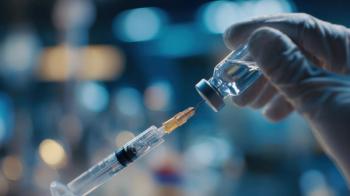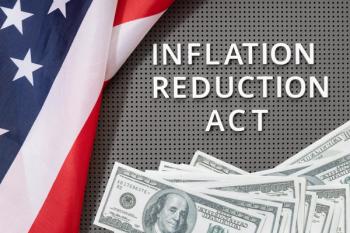
ICER: Drugs with Unsupported Price Increases Added $805 Million in Costs
Seven of the 10 top selling drugs with high price increases lack the clinical evidence to justify those increases.
In 2021, seven out of 10 high-cost drugs had price increases that were not supported by clinical evidence, according to a new
Top among these are: Salix Pharmaceuticals’ Xifaxan (rifaximin) to reduce the risk of overt hepatic encephalopathy recurrence in adults and to treat adults with irritable bowel syndrome with diarrhea; Janssen’s Invega Sustenna (paliperidone) to treat adults with schizophrenia and schizoaffective disorder; and Amgen’s Prolia (denosumab) to treat osteoporosis in both men and women. (See Table below for a list of the products in ICER’s report.)
“The norm in the United States has been for most pharmaceutical manufacturers to increase prices year after year — even accounting for the discounts they give insurers, and even for drugs that already sit at the top of the chart of spending for drugs in the United States,” David Rind, M.D., ICER’s chief medical officer, told Formulary Watch. “The goal of ICER’s UPI report is to provide the public and policymakers an explicit and independent approach to determine whether price increases could potentially be supported by new clinical evidence. If new evidence emerges that shows a treatment may be more beneficial than what was previously understood, perhaps that new evidence could warrant some level of price increase. On the other hand, if there is no new evidence suggesting a treatment might be more beneficial for patients, then we can call that price increase unsupported.”
In this review, ICER obtained from SSR Health a list of the 250 drugs with the largest U.S. sales revenue in 2021. They excluded 101 drugs whose increase in wholesale acquisition cost (WAC) was not more than 2% greater than the increase in the medical consumer price index (CPI).
For the remaining products, ICER reviewers estimated the increase in spending that was due to net price versus volume. They asked manufacturers for input on changes in net price, sales volume, and overall net revenue and then generated a list of the top 10 drugs based on increase in spending due to increases in net price. To assess clinical evidence, the ICER reviewed manufacturers’ submissions and performed independent analysis of publicly available clinical trial results.
ICER also included three additional products that had the highest increases in total population-based spending by the Centers for Medicare and Medicaid Services (CMS) from 2019 to 2020 because of increases in unit prices. One of these products had been assessed previously by ICER. Of the three Medicare Part B drugs selected due to list price increases, all lacked supporting new evidence for their price increases. For these drugs, patients paying 20% coinsurance under Medicare Part B would have seen increases in individual out-of-pocket spending due just to the price increases ranging from $1,200 to $3,200 per year.
The three Medicare drugs assessed that did have important new clinical evidence were Cosentyx (Secukinumab), Tremfya (Guselkumab), and Jakafi (Ruxolitinib).
ICER reviewers in the report, however, stress they are not assessing whether the evidence supports the price increases. Rather, there are looking to see if new evidence exists that could justify a price increase.
“The point of the UPI report is to elucidate examples where manufacturers are taking price increases that are not supported by new evidence of benefits for patients,” Rind said. “When we find examples of drugs with new clinical evidence that might support a price increase, we remove those drugs from our list, so that policymakers and the public have a clear view of the drugs with price increases that are not supported by evidence.”
Newsletter
Get the latest industry news, event updates, and more from Managed healthcare Executive.


















































